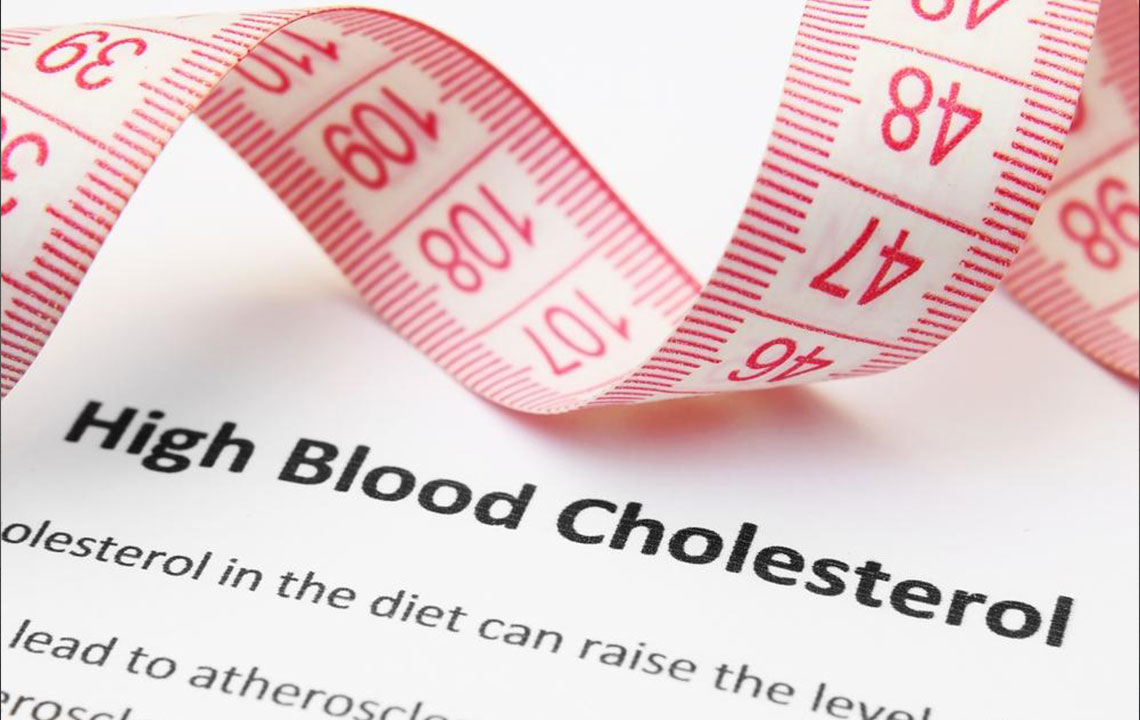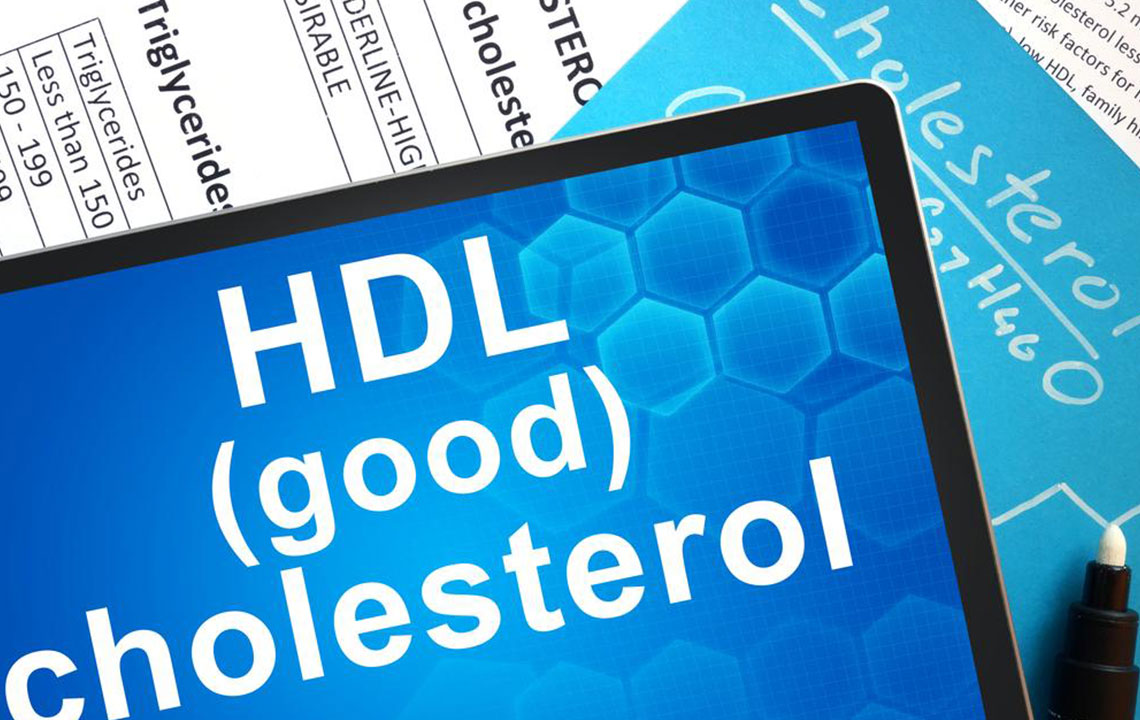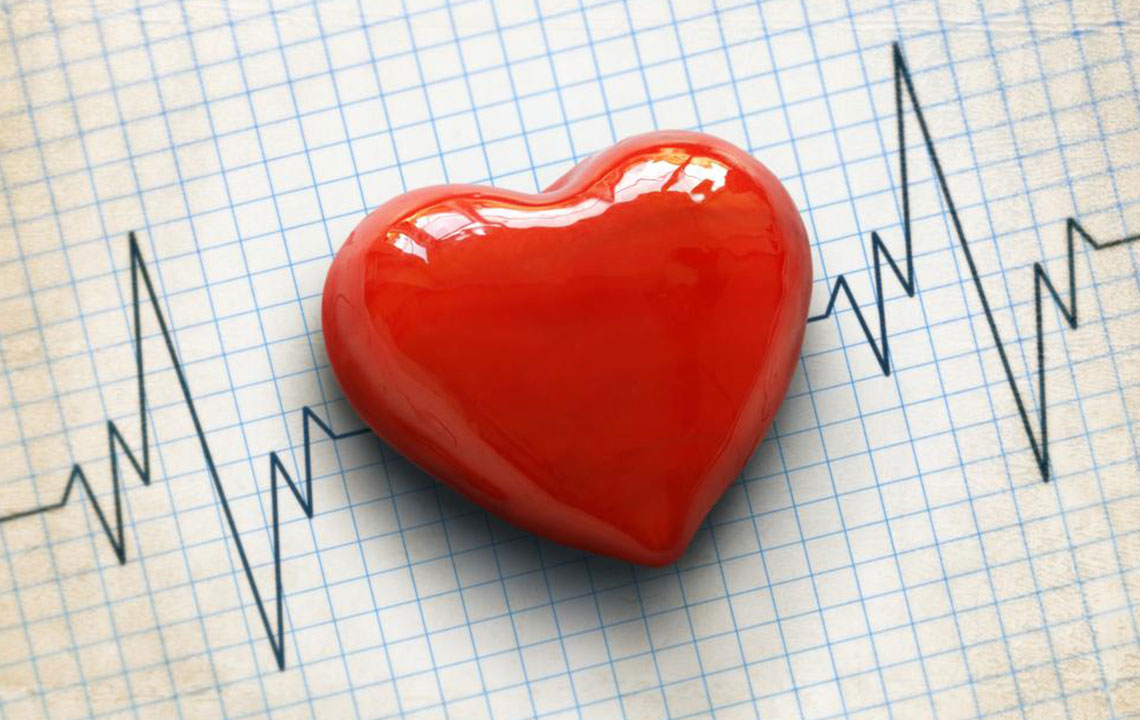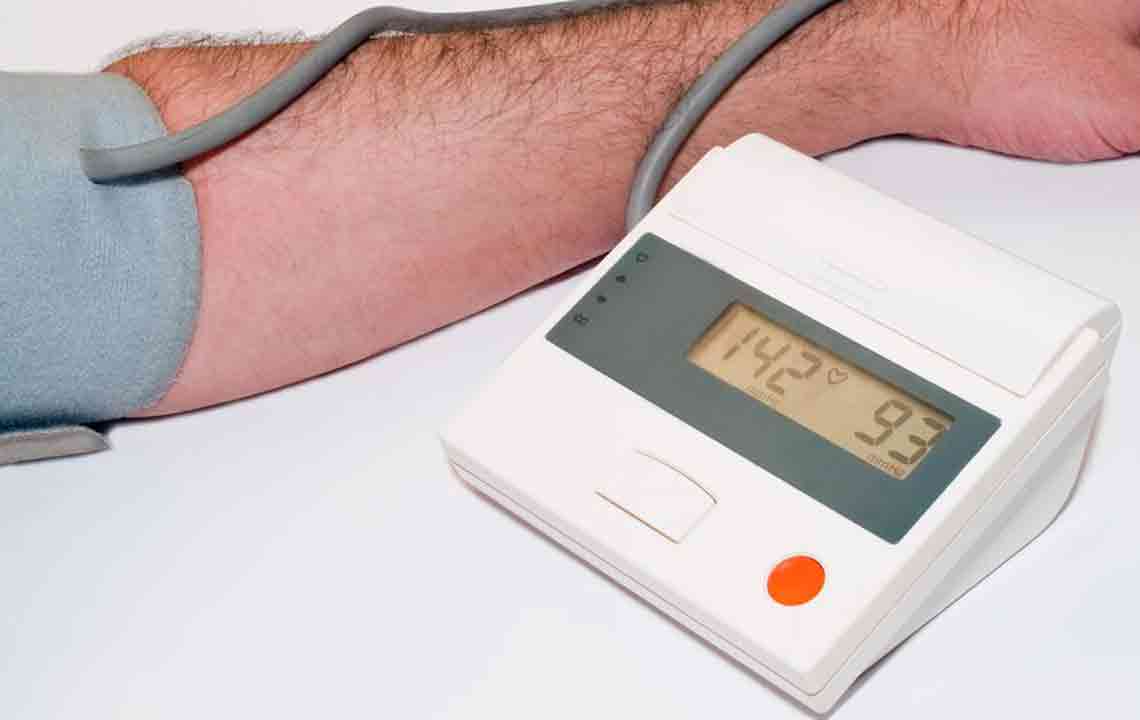Understanding the Key Components of Your Lipid Profile
Learn the essentials of your lipid profile, including the significance of total cholesterol, LDL, HDL, and triglycerides. Discover how these factors influence heart health and the lifestyle choices to maintain healthy levels. Regular testing and a balanced diet are key to reducing cardiovascular risks and ensuring overall well-being.
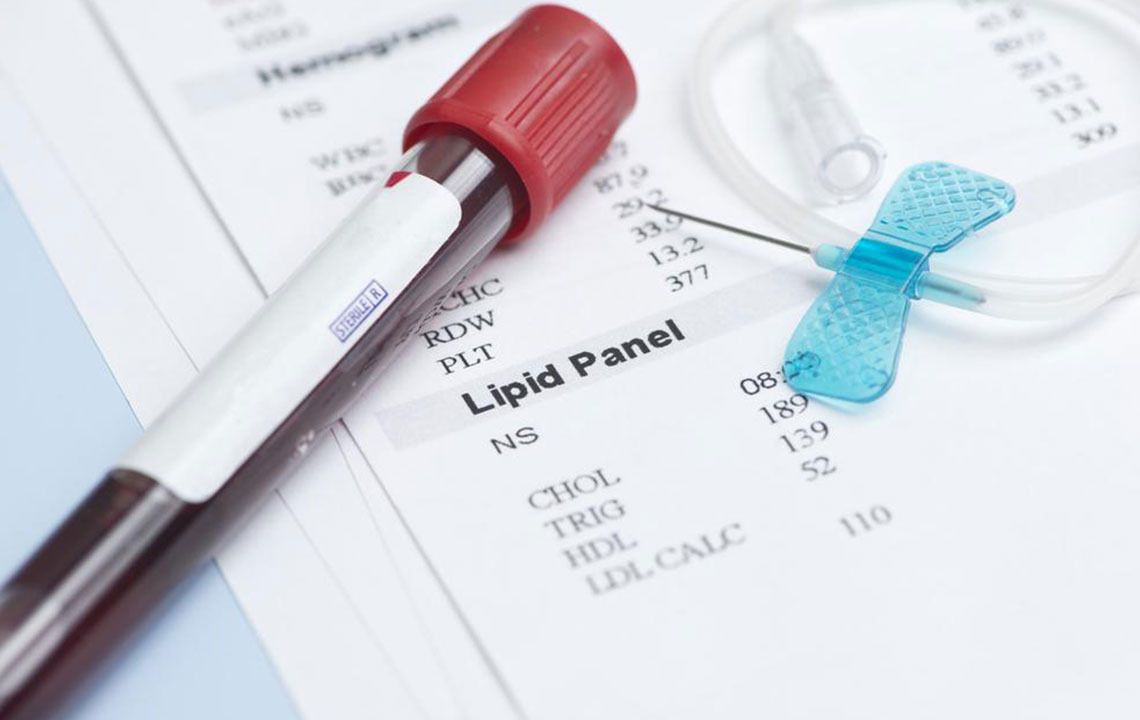
Understanding the Key Components of Your Lipid Profile
Monitoring cholesterol levels regularly is important after turning 20, with recommended tests every five years to keep track of your health. The lipid profile test evaluates various aspects of your blood lipids. Experts suggest women over 45 and men over 35 should have more frequent screenings to detect potential lipid imbalances.
The lipid profile includes:
Total cholesterol
LDL (commonly known as "bad" cholesterol)
HDL (referred to as "good" cholesterol)
Triglycerides, which are fats absorbed from food and stored in fat cells
High intake of alcohol, sugar, or calories can lead to increased triglycerides, which are stored in fat tissues. Blood test results are given as numerical values in mg/dL, but these numbers alone don't determine heart disease risk. Other factors such as age, blood pressure, blood sugar, lifestyle, medication use, and overall health are also considered.
This comprehensive data helps physicians estimate a person’s 10-year risk of serious heart problems. Based on the results, a tailored health plan can be devised to lower potential risks. The test reports include measurements of total cholesterol, LDL, HDL, and triglycerides, guiding health care decisions.
Understanding Cholesterol Types
LDL Cholesterol: Known as "bad" cholesterol, high LDL levels can cause plaque buildup in arteries, increasing heart disease risk. Levels above 190 mg/dL are considered very high, often prompting lifestyle changes and medication such as statins. The goal is to lower LDL through diet, exercise, and, if necessary, medication, to reduce the 10-year risk of heart disease.
HDL Cholesterol: Often called "good" cholesterol, higher HDL levels protect against heart disease by removing LDL cholesterol from arteries. Lifestyle factors like quitting smoking, exercising regularly, and healthy eating can boost HDL levels. Women usually tend to have higher HDL levels than men.
Triglycerides: These fats are stored in fat cells and are ingested through diet. Elevated triglycerides, especially above 200 mg/dL, are linked to increased cardiovascular risk. Maintaining levels below 150 mg/dL is advisable, with lifestyle modifications and medications if necessary.
Total Cholesterol: This value combines HDL, LDL, and other lipid components, providing an overall picture of blood lipid health. It is a helpful indicator but should be interpreted alongside other factors for a comprehensive risk assessment.
Maintaining healthy cholesterol levels involves regular checkups, a balanced diet low in triglycerides, and an active lifestyle. These steps can help prevent cardiovascular issues and promote overall well-being.

